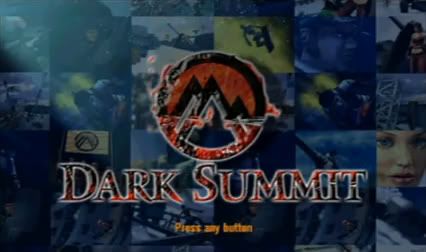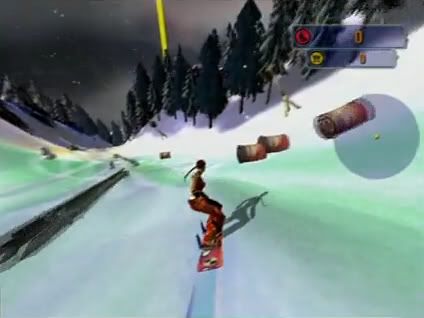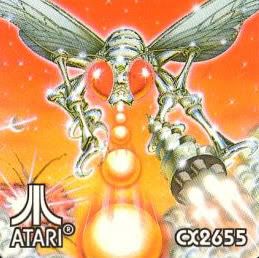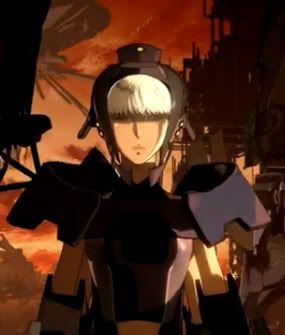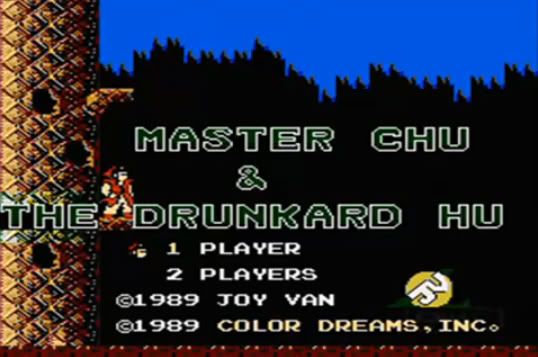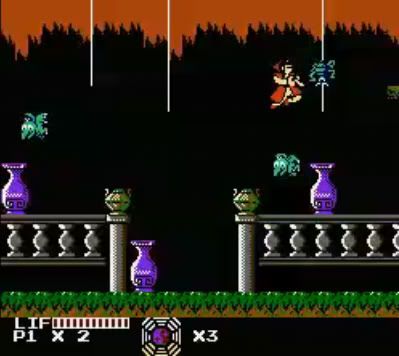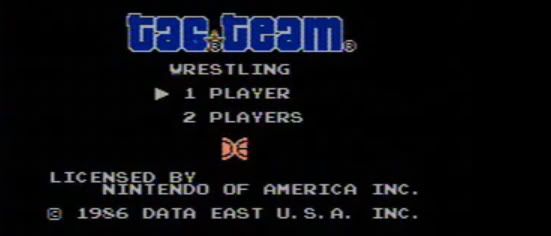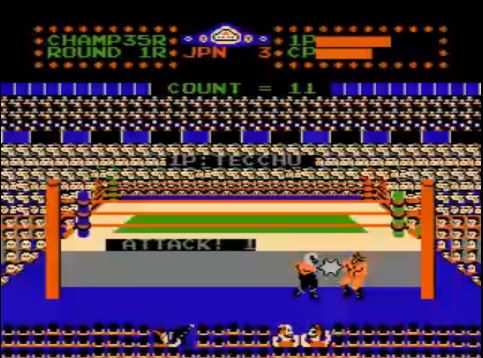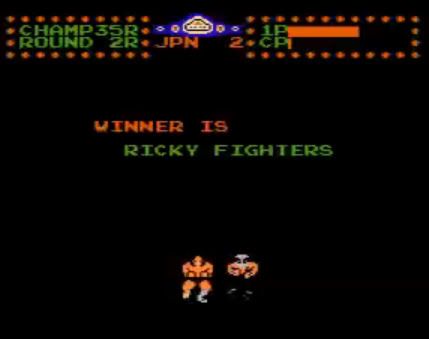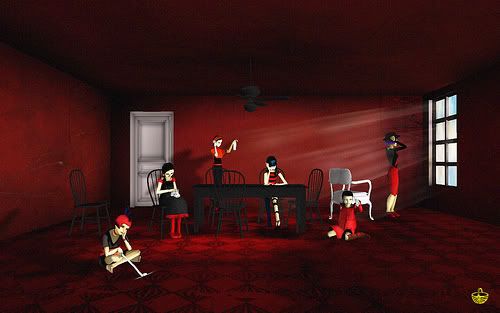10. Shin Megami Tensei: Persona 3 Portable
Even though it's a port of a 3 year old game, P3P added enough new content--and has held up so well--that I had no qualms about sinking 80 or so hours into it.
9. Heavy Rain
Despite loads of plot holes and bad acting, I can't deny that in the 6 or so hours I spent blowing through Heavy Rain, I was completely taken in by it.
8. Costume Quest
While it's incredibly easy for anyone who's ever played an RPG, Double Fine's Halloween-themed adventure is hilarious and charming, like some forgotten animated holiday special.
7. Dead Rising 2
I really disliked the first Dead Rising and couldn't be more burnt out on zombies, so the fact that I had so much fun with Dead Rising 2 says all that needs to be said.
6. Rock Band 3
We've all played as much Rock Band as we want to, but 3 is undeniably the pinnacle of the series, and probably of rhythm games as a whole.
5. Pac-Man Championship Edition DX
It's 2010, and Namco has made sure that we're still playing Pac-Man. Like Jeff Minter's brilliantly over-stimulating shooters, Pac-Man CE DX can't throw enough light and sound at the player, and is all the better for it. It's not as strategic or challenging as its predecessor, but Pac-Man CE DX was still my favorite pure gaming experience of the year.
4. Ace Attorney Investigations: Miles Edgeworth
The Ace Attorney series needed something new after four more or less identical installments. While Investigations actually doesn't switch up the formula that much, it does what Ace Attorney does, and does it incredibly well. Miles Edgeworth makes a great main character, and a welcome change of pace from hapless heroes like Phoenix Wright and Apollo Justice. Investigations tells a well-crafted and entertaining story throughout its various cases, and also introduces great new character Kay Faraday, who could easily be spun off into her own series.
3. Trauma Team
No one is more surprised than me that the newest installment in the Trauma Center series is in my top 3 games of 2010. But few games this year grabbed hold of me the way Trauma Team did. From its multi-faceted gameplay (including a forensics-based adventure game that could probably have stood on its own as a DS release) to its fun anime-style take on American medical dramas, it's hard to find things to complain about in Trauma Team. Even Shoji Meguro's porno-ready soundtrack, while jarring at first, grew on me by the end.
2. Limbo
I talk a lot of yang about indie games, but it's mostly because there's no reason for more of them not to be as great as Limbo. Unlike other indie developers who are content to endlessly recycle ideas pioneered by Capcom in the mid-'80s, Limbo pushes the envelope of what video games can say and do. While the puzzle platformer gameplay is hardly innovative, thanks to its wordless storytelling, gorgeous black and white art style, and willingness to inflict grisly deaths on its cast of nameless children, Limbo still feels like it's breaking new ground. All indie developers should be forced to sit down and play Limbo again any time they think about making another faux 8-bit platformer or basing their game on the internet meme of the week.
1. Deadly Premonition
Deadly Premonition looks, plays and sounds like Dreamcast-era abandonware. Its story plays out as if it were a Twin Peaks game that lost its license at the last minute, and was reshuffled just enough to still be released. In short, it would be easy to take a cursory glance at the game and think it could only be enjoyed ironically. But my love of Deadly Premonition is completely sincere. Main character Special Agent Francis York Morgan is hands down the most likable and engaging character I encountered in any game this year. His running monologues, ostensibly conversations with an imaginary friend named Zach, give him a depth that no other video game character has ever achieved. Throughout the game, we learn about York's tastes in movies, music and women, we see him fall in love and deal with the family issues that lead to him becoming a special agent. Granted, most of this plays out as comedy rather than drama, but it represents a dedication to character development rarely seen in video games. The romantic subplot between York and small-town cop Emily Wyatt is awkward, rocky, and surprisingly believable. And when the game ramps up the horror and weirdness, it's effective in spite of the stilted character animations and often questionable voice acting.
It's a shame that Deadly Premonition will be remembered by most gamers as a wacky, so-bad-it's-good curiosity. Director SWERY did a fantastic job with elements of the game, and his taste for distinctly Japanese weirdness shouldn't overshadow his gift for designing characters with actual depth.

